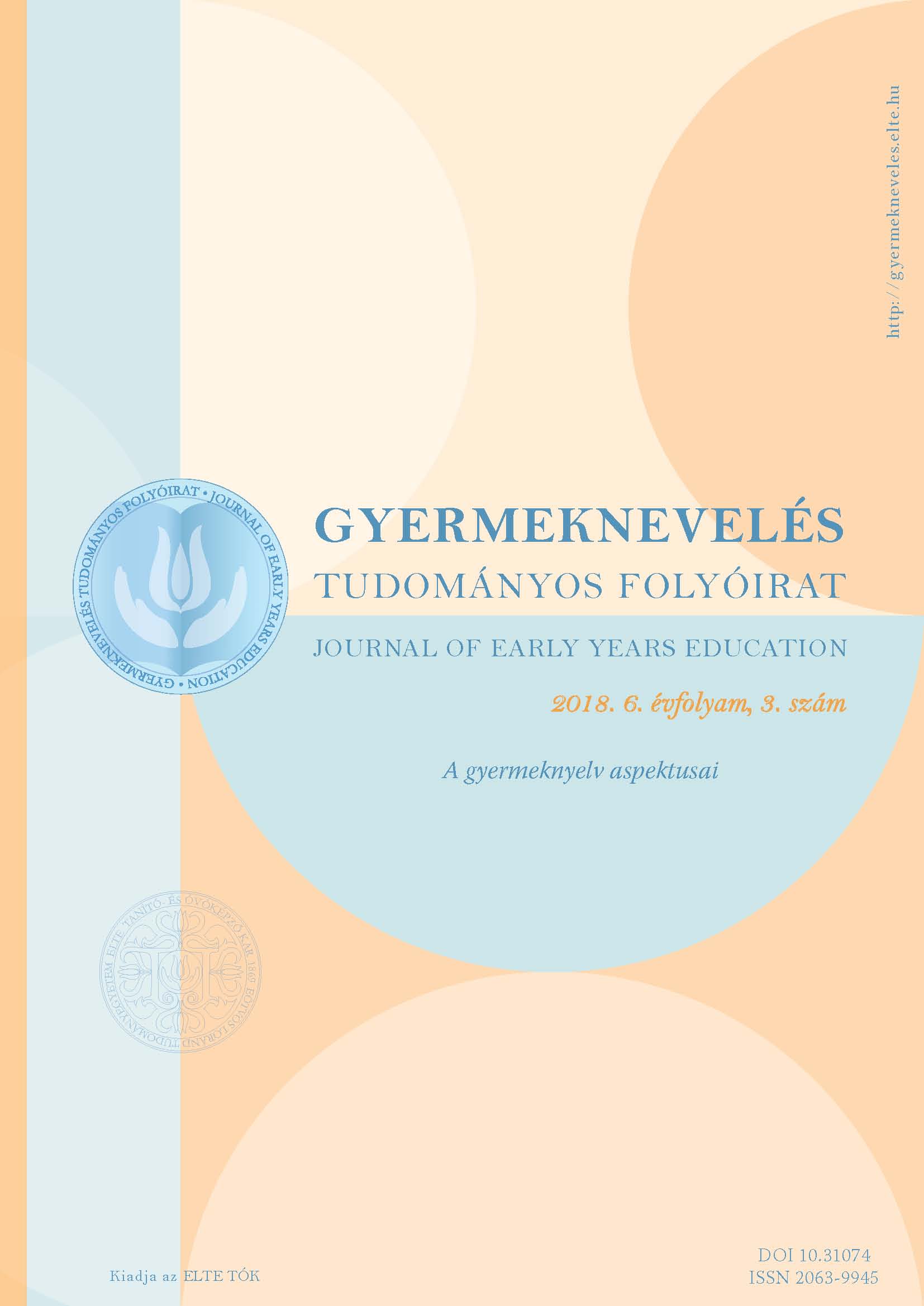The language of children’s literature
DOI:
https://doi.org/10.31074/20183148158Keywords:
children's literature, language of tales, language situation of Hungarian literature, anguage of children's poetry, language of children's proseAbstract
After justifying the reason why I narrowed down the topic, I am going to present the language of tales, emphasising the linguistic characteristics of folk-tales, literary folk-tales, poetic tales and modern tales. The second chapter of the study deals with young adult novels, more specifically with the process in the course of which we arrived from a pathetic-decent use of language to the bluffness of contemporary prose. The third chapter discusses the changes of the linguistic characteristics of children’s poetry from the beginnings till today. Weöres Sándor has a distinguished role in this process, whose volumes such as Bóbita and Gyümölcskosár stand as a caesura in Hungarian children’s poetry according to several authors cited below. In the summary I am going to talk about an experiment carried out on Anglo-Saxon territories, which was constricting prominent authors to use a given list of words in their works. The initiative was not and could not be successful. As a conclusion, I would claim that the relevant difference between children’s literature and literature for adults is not the language.
Downloads
Downloads
Published
How to Cite
Issue
Section
License
Copyright (c) 2018 Author

This work is licensed under a Creative Commons Attribution-NonCommercial-ShareAlike 4.0 International License.

